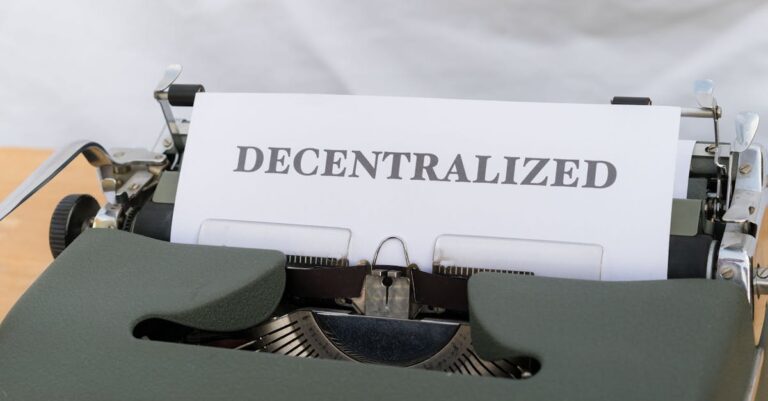Is Distributed Consensus The Key to Solving All Our Network Problems?
“Ready to teleport into the blockchain universe? Hold on tight as we zoom past crypto wallets, dodge flying NFTs, and land right in the heart of Distributed Consensus — the cosmic titan that might just possess the superpower to defeat all our network nemesis. Buckle up, solutions ahead!”
Understanding the concept of distributed consensus

The Magic Behind Distributed Consensus
Are you intrigued by the magical world of technology that works seamlessly at the back of your favorite Cryptos? The wizard in this drama, undoubtedly, is the concept of Distributed Consensus. Slide up the curtain, and let’s take a closer look.
Distributed Consensus bears the gargantuan task of maintaining those immutable, continuous blocks of transactions that make blockchain the phenomenon it is. The method ensures that every node in the network agrees on a common state of the ledger. The power of this mechanism lies in its unwavering security and resistance against malicious activities.
Laying the Foundation Stone: Blockchain and Distributed Consensus
Blockchain is frequently compared to trust on steroids. This trust is only made possible through the Distributed Consensus mechanism—a process which ensures harmony within the blockchain technology, making cousin bitcoin to Binance, hum along peacefully.
In the world of software, trust is a precarious concept. Blockchain mitigates this uncertainty through its decentralized structure and capability to handle double-spending issues through distributed consensus. When a transaction occurs, users do not need to trust the validity of the other party’s claim. Instead, the system’s design instills confidence in the authenticity of the transaction.
To understand the operation of Distributed Consensus, we must first wear the cap of a participating node in the blockchain. Simplifying the complex workings, if you are a node, you naturally want the best for your network, your main aim would be to validate transactions and form consensus on the blocks. As a node, you would employ smart algorithms like Proof of Work or Proof of Stake, depending on the specific blockchain you find yourself in, to constantly churn out the acceptable version of truth.
The Wizards of Consensus
Nodes leverage complex consensus algorithms to approve transactions within the blockchain. Here is a sneak peek into the workings of these algorithms:
Proof of Work (PoW): This was the first introduced consensus mechanism and is employed by the guardian of Cryptos, Bitcoin. PoW demands significant computational power to solve complex mathematical problems, requiring miners to use a large amount of energy to maintain network security.
Proof of Stake (PoS): An innovative yet energy-saving mechanism where the creator of the next block is chosen based on their current stake or wealth in the network. This makes PoS a favourite among green tech lovers.
Understanding Distributed Consensus sure sounds like a mighty task, right? Fear not. Information available on Messari’s report and the nuggets hidden in unique guides are here to your rescue.
Play around with these ideas, the next time you say hello to your favourite Cryptos, understanding Distributed Consensus would surely add a sparkle to that hi. Happy Crypto-ing!







